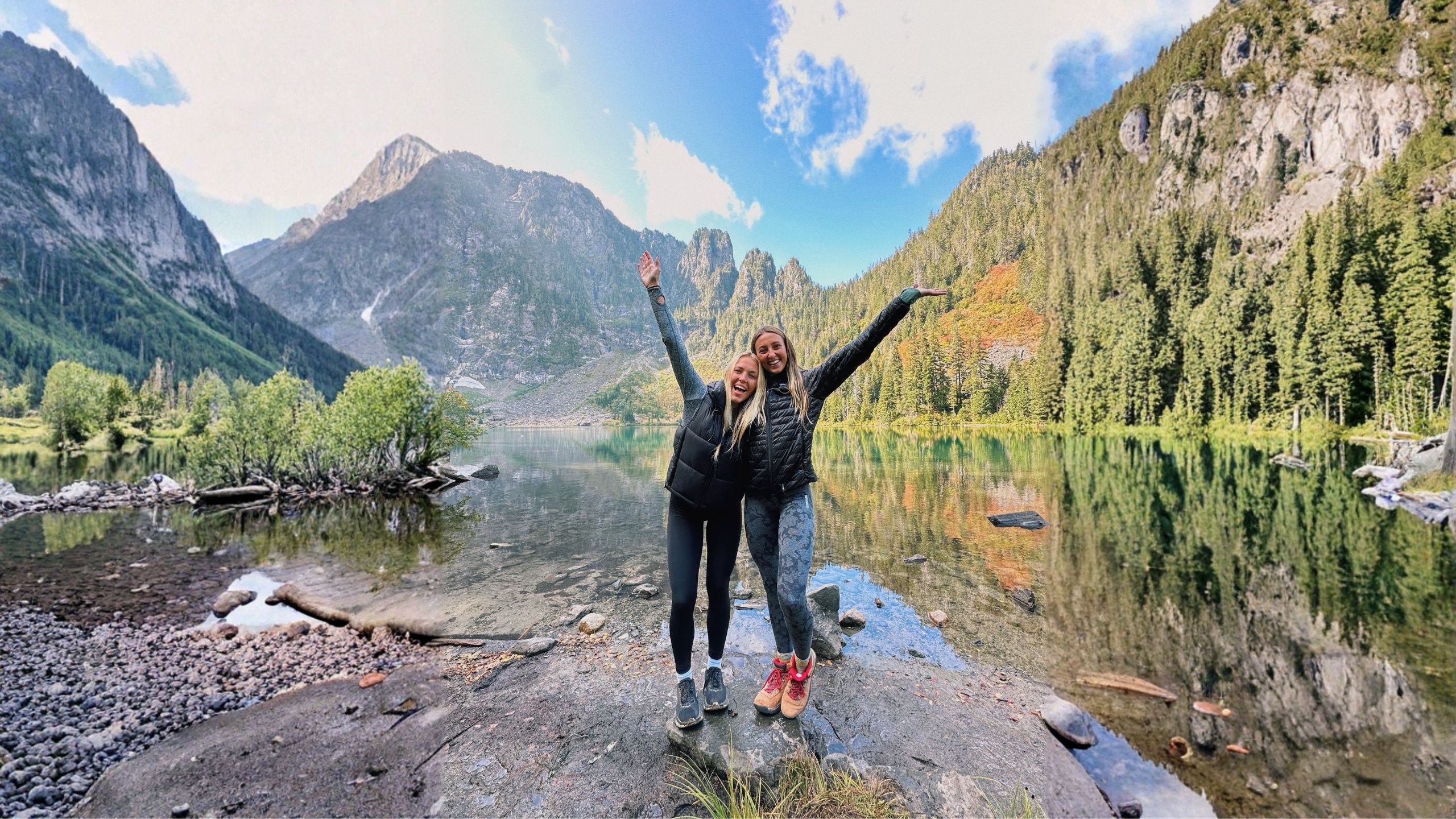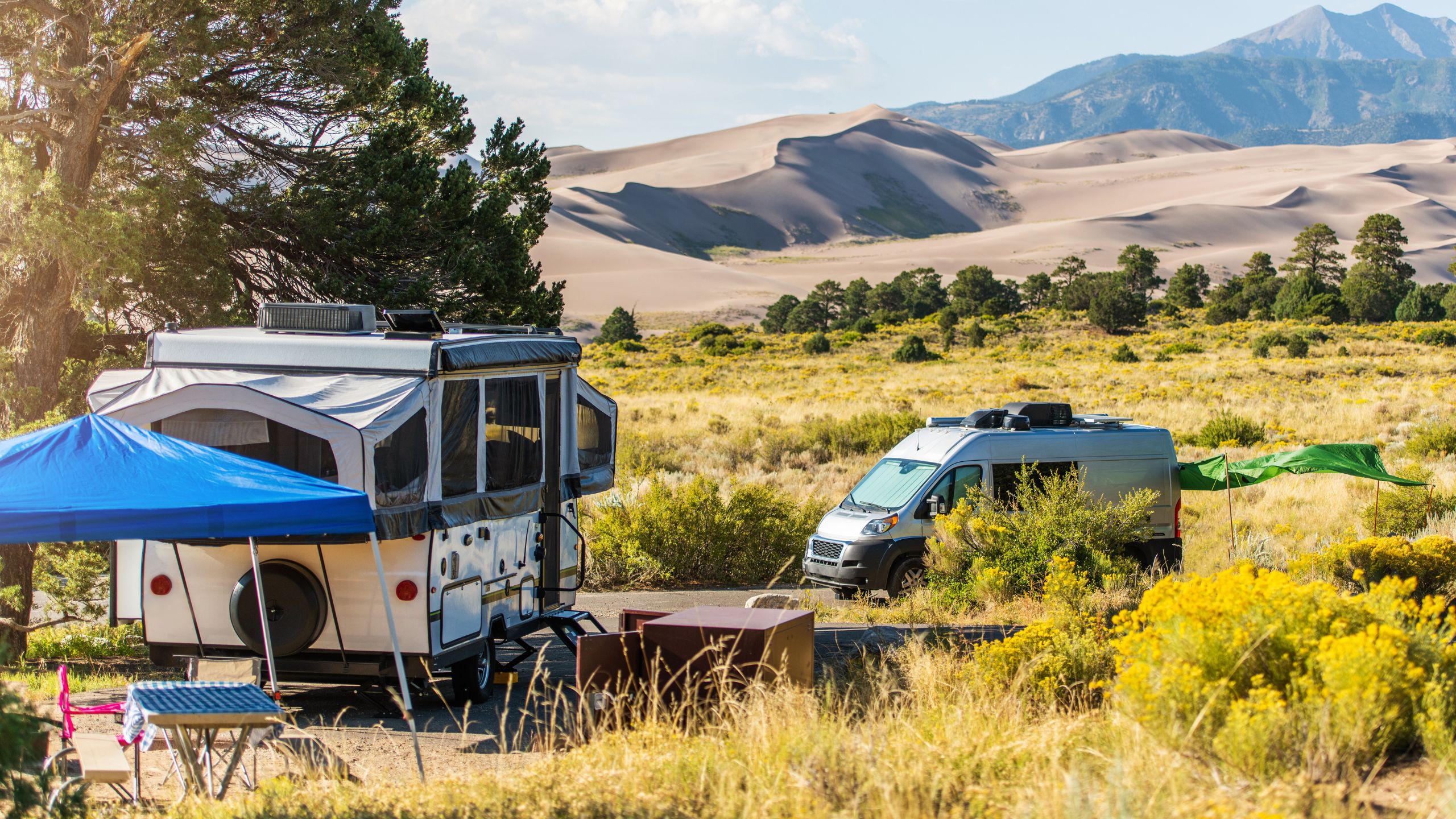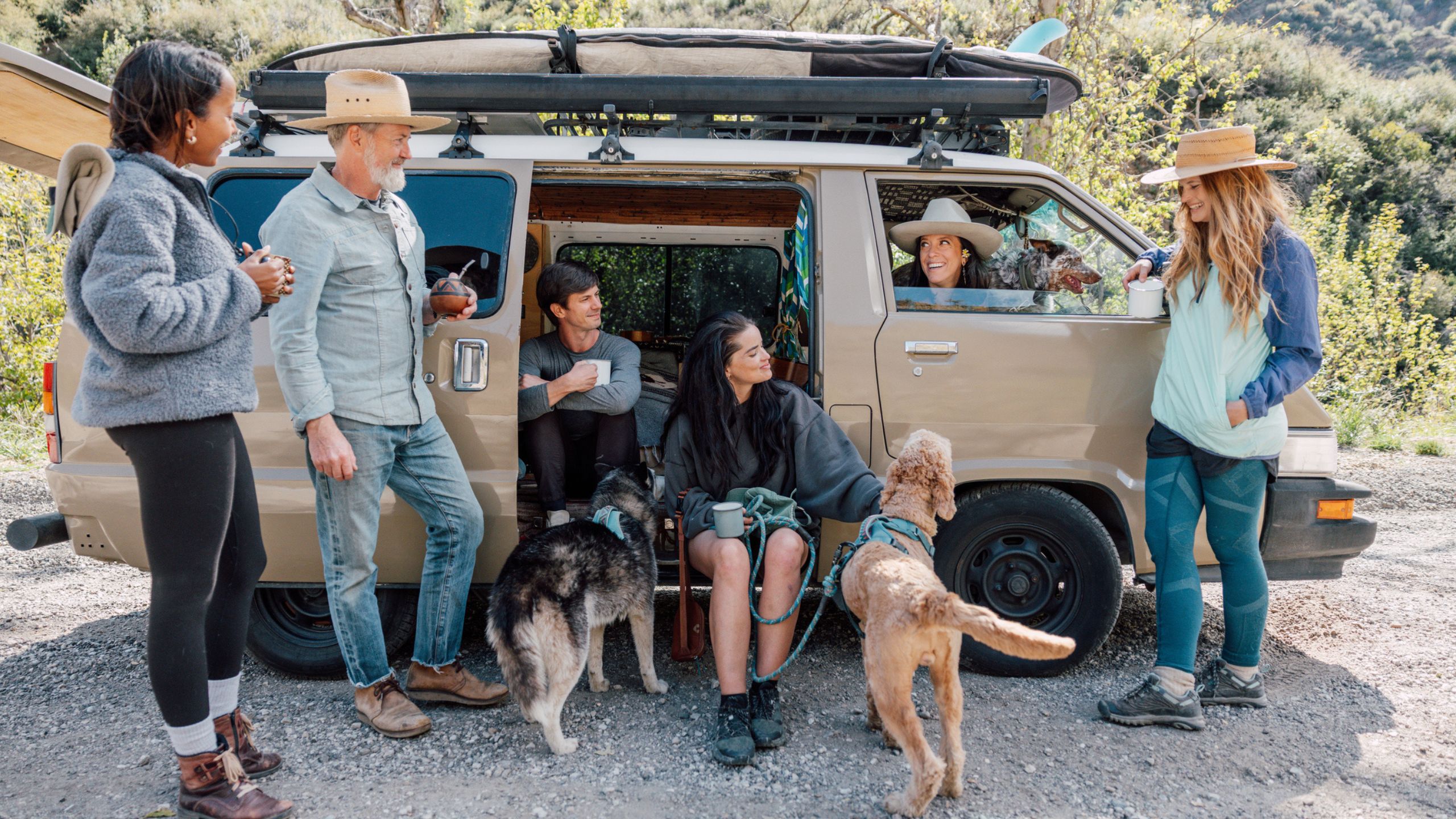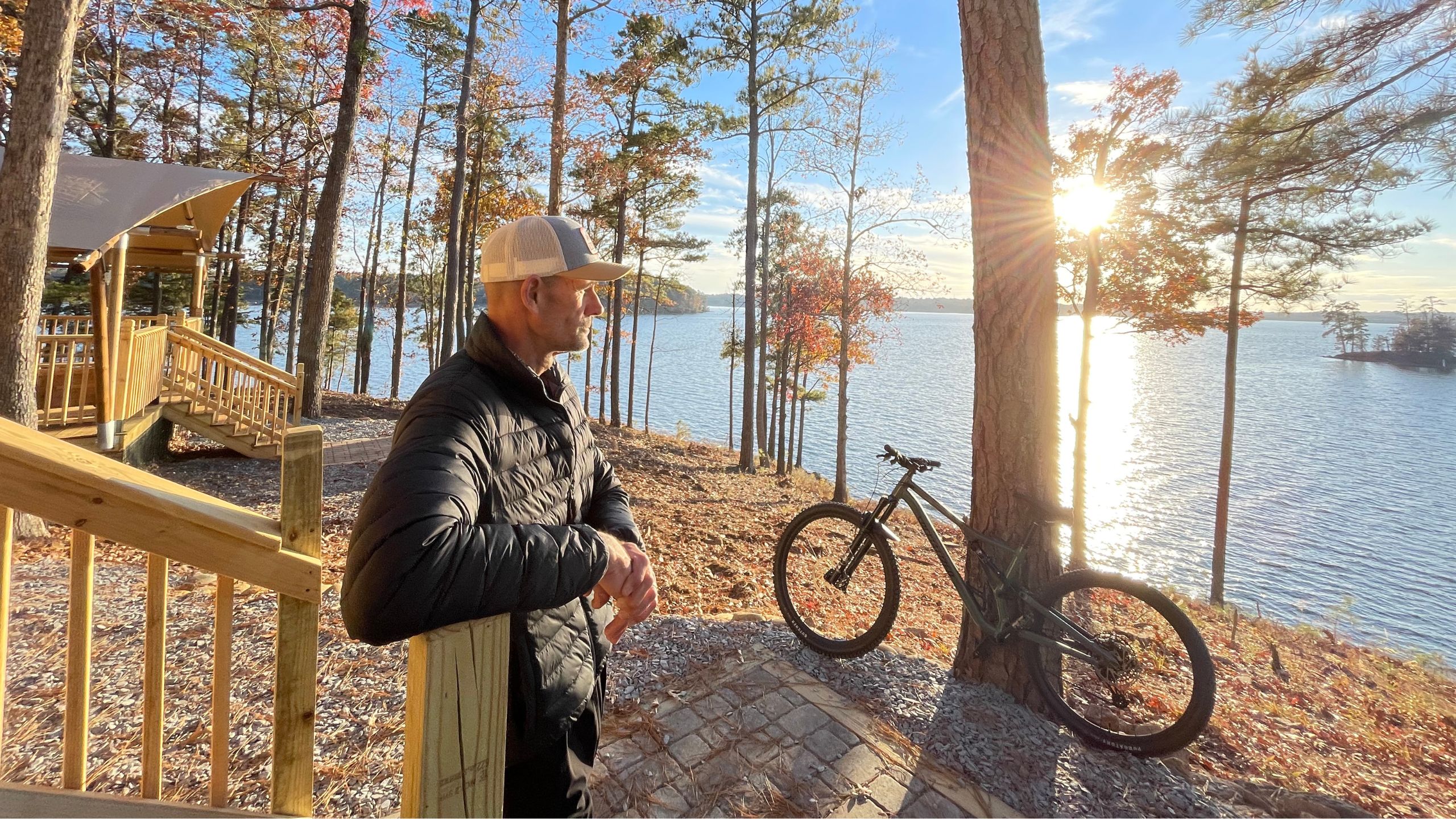
Digital Marketing Trends Outdoor Hospitality Owners Can’t Ignore in 2025
The outdoor hospitality industry is changing fast. Glamping is booming, traveler expectations are shifting, and digital platforms evolve daily. What worked for your RV resort or campground two years ago may already be outdated.
The good news? With the right digital marketing strategy, 2025 can be your most profitable year yet. The key is knowing which trends actually matter — and which are just noise.
Here are the five digital marketing trends outdoor hospitality owners can’t afford to ignore in 2025.
1. Short-Form Video Dominates
TikTok, Instagram Reels, and YouTube Shorts aren’t just for teenagers anymore. They’re where today’s travelers discover destinations — and decide where to book.
📊 Industry Stat: 73% of travelers say they’ve been inspired to book a trip after seeing short-form video on social media.
What this means for campgrounds:
- Showcase your cabins, yurts, Airstreams, or RV sites in under 30 seconds.
- Highlight authentic guest experiences — campfires, kayaking, stargazing.
- Keep it real: guests trust raw, authentic content over polished ads.
Example: AutoCamp uses Instagram Reels to feature lifestyle clips of Airstream interiors, firepits, and community spaces. These short videos bring their brand to life and inspire bookings.
📌 Action Step: Dedicate one staff member or contractor to capture short clips weekly. Consistency matters more than perfection.
2. Hyper-Local Advertising
Your guests are searching nearby. Whether it’s “RV resorts near Nashville” or “glamping cabins near Zion National Park,” location-specific searches drive bookings.
📊 Industry Stat: 46% of all Google searches have local intent.
What this means for campgrounds:
- Geo-target your ads to travelers within a 150–250 mile radius.
- Optimize your Google Business Profile with updated photos, hours, and reviews.
- Create content and ads tied to regional events or attractions.
Example: A North Carolina campground targeted fall travelers from Charlotte with Google Ads focused on “Blue Ridge Parkway fall camping.” Their shoulder season occupancy jumped 28%.
📌 Action Step: Run Google Ads targeting “[campground/glamping] near [major city/attraction].” Keep budgets focused regionally for maximum ROI.
3. First-Party Data is Gold
As privacy regulations tighten, relying on third-party data from platforms like Facebook is getting harder. The future belongs to businesses that own their first-party data — guest emails, booking history, and preferences.
What this means for campgrounds:
- Build and grow your own guest email list.
- Use data from booking engines to personalize offers.
- Reward direct bookings with exclusive perks.
Example: KOA leverages its Value Kard Rewards program not just for discounts, but to capture guest data. That data fuels personalized marketing campaigns and drives repeat bookings.
📌 Action Step: Collect guest emails during booking and Wi-Fi login. Use that data to send seasonal offers and loyalty perks.
4. AI-Powered Guest Communication
Artificial Intelligence isn’t just hype — it’s practical. In 2025, AI-driven tools are helping outdoor hospitality properties save time and improve guest experiences.
How AI is being used:
- Automated chatbots on websites to answer FAQs.
- AI-driven review responses that save staff hours.
- Personalized upsell suggestions based on booking behavior.
Example: Campspot is experimenting with AI to streamline guest booking experiences, providing tailored recommendations for sites and amenities.
📌 Action Step: Add a simple AI-powered chatbot to your website to handle common questions (check-in times, pet policies, amenities). Free up staff to focus on in-person guest care.
5. Sustainability as a Marketing Advantage
Guests care about sustainability more than ever. Highlighting eco-friendly practices isn’t just good for the planet — it’s a selling point.
📊 Industry Stat: 78% of travelers say they want to stay at environmentally sustainable properties.
What this means for campgrounds:
- Showcase recycling programs, solar panels, or low-impact builds.
- Highlight local sourcing (farm-to-table meals, local firewood).
- Weave sustainability into your brand story.
Example: Under Canvas has made sustainability part of its brand DNA, from low-impact tent designs to Leave No Trace messaging. Guests feel good about booking because it aligns with their values.
📌 Action Step: Audit your eco-practices. Then promote them clearly on your website and marketing materials.
Final Thought
The outdoor hospitality properties that thrive in 2025 will be the ones who stay ahead of guest expectations.
- Short-form video isn’t optional.
- Local targeting beats broad campaigns.
- First-party data fuels loyalty.
- AI makes communication easier.
- Sustainability builds trust.
Adapting to these trends isn’t about chasing shiny objects. It’s about building a smarter, more resilient marketing strategy that keeps your RV resort, campground, or glamping property booked year-round.👉 Want a digital strategy built for 2025? Request a free Marketing Trends Audit with Meet at Basecamp.






Leave a comment: